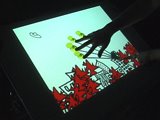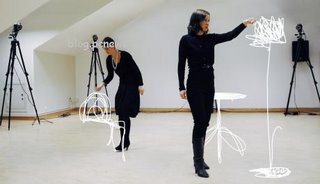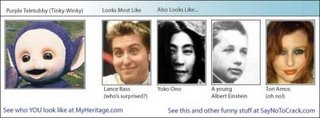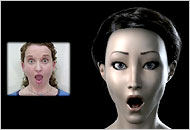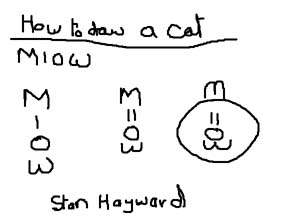Input Output
Things have moved on, and Input devices come in many forms; a very interesting one that looks to change the world can be seen at
http://ted.com/tedtalks/tedtalksplayer.cfm?key=j_han&flashEnabled=1
The "interface-free," touch-driven computer screen, which can be manipulated intuitively with the fingertips, and responds to varying levels of pressure.
Output devices are no slowcoaches either. The largest digital photo has recently been shown, coming in at around 35x32 feet and 8.5 gigapixels. True it's not a moving picture, but a week or two might change that. You can see it at http://slashdot.org/article.pl?sid=06/10/29/2239224
Using the brain as an input device has always been the realm of Science fiction, but getting increasing attention in recent years. Biofeedback was quite popular in the 1960s, but lacked the technology to do anything serious.
One aspect of recording brain patterns I find interesting is not as a computer input device but as a lie-detector. As a writer 'telling lies' is something inherent in many stories; Crime and Love obviously, polititicians, car salesmen, lawyers, and Estate agents might consider the ability to lie as an asset. Doctors may have to do it to be kind, A TV programme on 'Honesty' said that Society would break down if everyone was honest!
Another interesting article came out today about a competition I'd never heard of called the Hutter Prize http://science.slashdot.org/article.pl?sid=06/10/29/2127201
It is about compressing data, and presumes that compressing data in files is similar to how the brain works.
There are some people who believe that the brain is a bit like a cupboard, and that you can only put so much into it. Others (and I am one) believe that the brain can hold an unlimited amount of information. The reason animation works so well as a teaching aid is that it eliminates all but the essential material of the subject it is presenting.
The fact that people with phenomenal memories say they recall numbers as pictures indicates that we might have been using our brains in the wrong way for a few thousand years.
Need I say that teaching animation as a core subject in the curriculum will change all that?
Stan
Labels: Animation, Computers, History, Science, Scriptwriting
